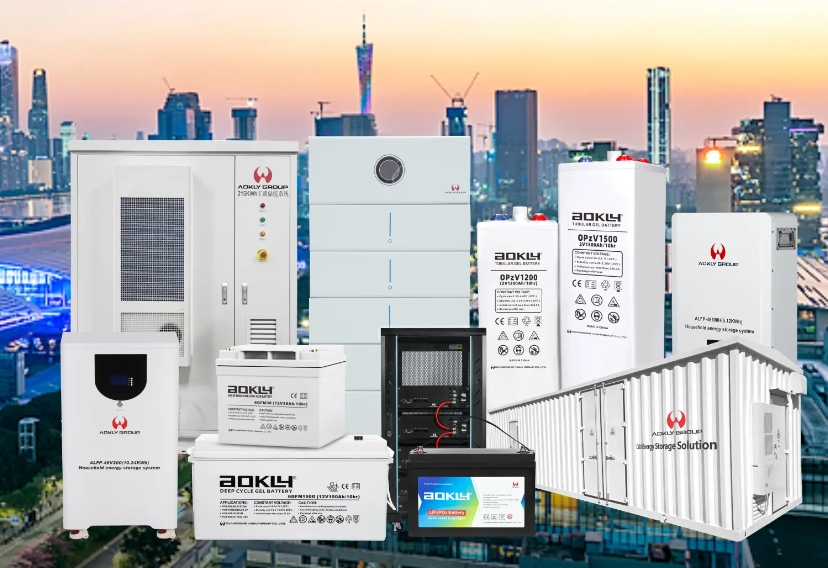In an era where sustainability is paramount, the demand for efficient power transportation solutions has never been greater. Approximately 30% of generated energy is lost during transmission and distribution, a staggering figure that emphasizes the need for advancements in power transportation technologies. This article explores innovative storage battery solutions that enhance power transportation efficiency, ensuring a sustainable future for energy networks.
Understanding Power Transportation
Power transportation refers to the methods and technologies used to transmit electricity from generation points to consumption areas. With increasing energy demands and a global push toward renewable sources, understanding effective power transportation methods is crucial.
The Importance of Storage Batteries
Storage batteries play a vital role in power transportation, particularly in stabilizing energy supply and enhancing efficiency. Here are some key benefits of integrating storage batteries into energy networks:
- Load Balancing: Batteries can store excess energy during low-demand periods and release it during peak demand, reducing strain on the grid.
- Enhanced Reliability: Storage solutions provide backup power, ensuring continuous energy supply during outages.
- Support for Renewables: Batteries can store intermittent renewable energy sources, such as solar and wind, making them available when needed.

Aokly storage battery solutions
Innovative Power Transportation Technologies
1. Advanced Battery Technologies
The evolution of storage battery technologies is transforming power transportation. Lithium-ion, solid-state, and flow batteries are leading the charge in energy efficiency and longevity. These batteries are designed to offer higher energy density, faster charging times, and improved cycle life.
Lithium-Ion Batteries: Currently the most widely used, these batteries are favored for their high energy density and efficiency. They are ideal for applications requiring quick power delivery.
Solid-State Batteries: These emerging technologies promise greater safety and energy density. By using solid electrolytes, they eliminate risks associated with liquid electrolytes, such as leakage and combustion.
Flow Batteries: Suitable for large-scale energy storage, flow batteries are excellent for applications that require long-duration discharge, such as stabilizing renewable energy sources.
2. Smart Grids and Energy Management Systems
Integrating smart grid technologies with power transportation enhances efficiency and reliability. Smart grids use advanced sensors, communication technologies, and automated controls to optimize energy flow, reducing losses and enhancing system resilience.
Real-Time Monitoring: With smart grid technologies, operators can monitor energy flow in real-time, allowing for immediate adjustments to prevent overloads and outages.
Predictive Analytics: Advanced data analytics help anticipate energy demand and adjust power transportation strategies accordingly, ensuring optimal efficiency.
3. Electric Vehicle (EV) Integration
The rise of electric vehicles (EVs) presents both challenges and opportunities for power transportation. As more EVs enter the market, integrating their charging needs into the energy grid is essential. This can be achieved through:
Vehicle-to-Grid (V2G) Technology: This innovative approach allows EVs to return stored energy back to the grid, acting as temporary storage solutions. V2G technology maximizes battery use while supporting grid stability.
Fast Charging Stations: Developing widespread fast charging infrastructure enhances the practicality of EVs, promoting their adoption and supporting a cleaner energy transition.

Solar Street Light System Solution
Enhancing Power Transportation with Storage Battery Solutions
To effectively implement power transportation solutions, organizations must consider the following strategies:
1. Investment in R&D
Investing in research and development of advanced storage battery technologies is crucial for enhancing power transportation efficiency. Collaborating with universities and research institutions can accelerate innovation and adoption of next-gen battery technologies.
2. Infrastructure Upgrades
Upgrading existing infrastructure to accommodate advanced storage solutions ensures that power transportation networks can support future energy demands. This includes:
- Smart Meters: Installing smart meters enables consumers to track energy usage, promoting more informed decisions about consumption and storage.
- Energy Storage Systems: Implementing large-scale energy storage systems at critical points in the grid helps stabilize energy flow and reduce transmission losses.
3. Policy Support and Incentives
Government policies play a significant role in promoting sustainable power transportation solutions. Incentives for adopting renewable energy sources, such as tax credits and grants for storage technology implementation, can stimulate industry growth and innovation.
Conclusion
As the world moves towards a sustainable energy future, the integration of power transportation solutions with advanced storage battery technologies will be vital. By enhancing efficiency, reliability, and sustainability, these solutions can support the growing demand for clean energy.
Investing in innovative power transportation strategies not only addresses current energy challenges but also paves the way for a resilient and sustainable energy network. For organizations looking to enhance their energy solutions, exploring cutting-edge storage battery options is a crucial step toward achieving these goals.

 EN
EN 




